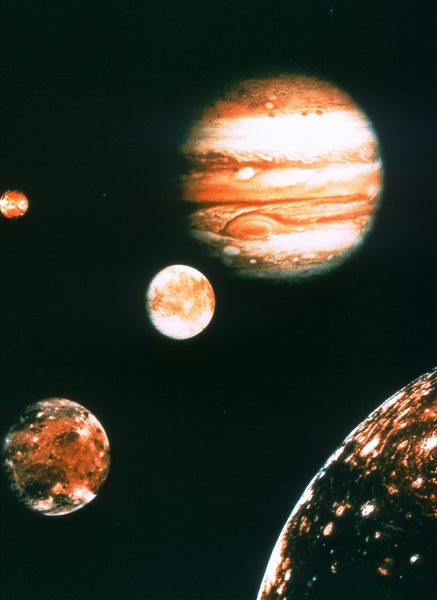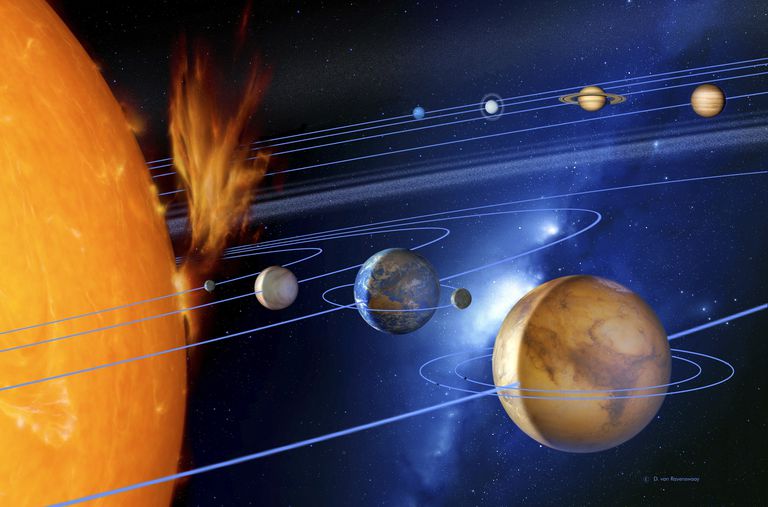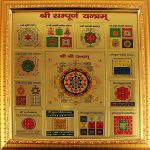Planets are the basis of astrology all over the world, whether you talk of western or eastern astrology. It is for these wandering objects that you might face failure in your project or undergo an accident. They have so vivid effects on life because of their constant motion. Had they been constant your life would have never changed. All circumstances would remain similar, there would be no good or bad circumstances, no love or hate, and no success or failure. It is the fact that they are constantly rotating on their orbits which makes us rich and poor in one lifetime. Therefore, understanding planetary motions astrology becomes so pertinent to the understanding of astrology.
Planetary Motion In Astrology
Planets have their own speed or motion while moving around the sun on their natural path. They are also moving around a path which may be elliptical, oval or sphere. This will influence the time they take to complete one full circle. Hence, their distance from earth also lead to differences in the degree of effect(aspect) they have on human life.
Types And Their Definitions
Converse – It is progressed or directed motion to a point of aspect, in a clockwise direction or opposite to the order of the Signs.
Direct – This is the actual movements of planets in order of the sun signs that is the counterclockwise movement..
Diurnal – This refers to a planet that was above the horizon at the time it was spotted. Such planets are less passive. The Diurnal arc is interpreted as the time it remains above the Earth, measured either in degrees of Right

Hourly movement is the position the planet occupies if you subtract its present position from the position it had the previous day or the following day. This gives its daily motion.
Rapt – Rapt is the movement that planetary bodies and stars seem to make because of the earth’s rotation in 24 hours.
Redirect – It is the opposite of direct motion.
Motion Of Planets
Retrograde – It is the apparent motion of certain planets in their Zodiac during certain portions of the year. Zodiac is narrow, and runs parallel to earth’s orbit.
Slow of Course – It means slow in motion. When a planet’s travel in 24 hours is less than its mean motion.
Stationary- When a planet appears to have no motion, as when changing from retrograde to direct or the reverse, it is said to be stationary. Planets are stationary at two points in time:
(1) When they are about to come in retrograde
(2) when it is about to resume its direct motion.
Swift in Motion- It means fast in motion. When a planet’s travel in 24 hours is more than its mean motion, then it’s called ‘swift in motion’.
Laws of Planetary Motion Astrology

- Faster planets aspects with slower planets.
- Slower planets aspects with faster planets.
- Faster planets separate from aspects to slower planets.
- If a planet does not aspect or is aspected by another planet till it is in the same sign, that planet is Void of Course.
- If a planet does not aspect or be aspected by another planet the whole time it is in a sign, it is feral.
- When planet A aspects planet B, and then A also aspects planet C, then planet A translates the light between planets B and C.
- When planet A aspects planet B, and then B aspects planet C, there is a translation of light. In this case, it is B which translating light between A and C.
- When the slower planet A gets aspected by faster planet B and another faster planet C, planet A collects the light of planets B and C.
- When planet A is trying to aspect planet B, but before A gets to B, A gets aspected by planet C, this is called prohibition. C prohibits A by getting in the way.
- When planet A is trying to aspect planet B, but before A can get to B, B is aspected by C. This is also a prohibition. C prohibits aspect between A and B.
Planet Retrograde Motion In Astrology

As the Earth passes by a planet, that particular planet appears to move














